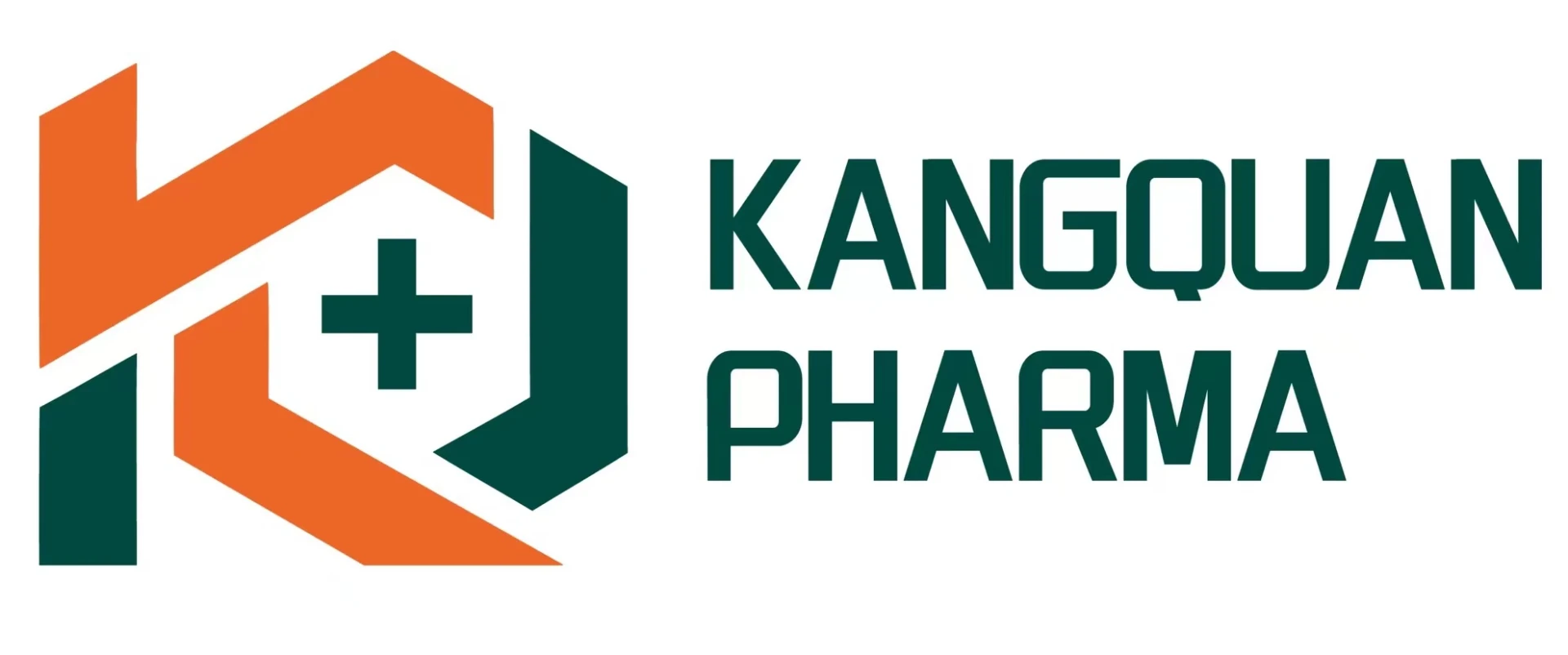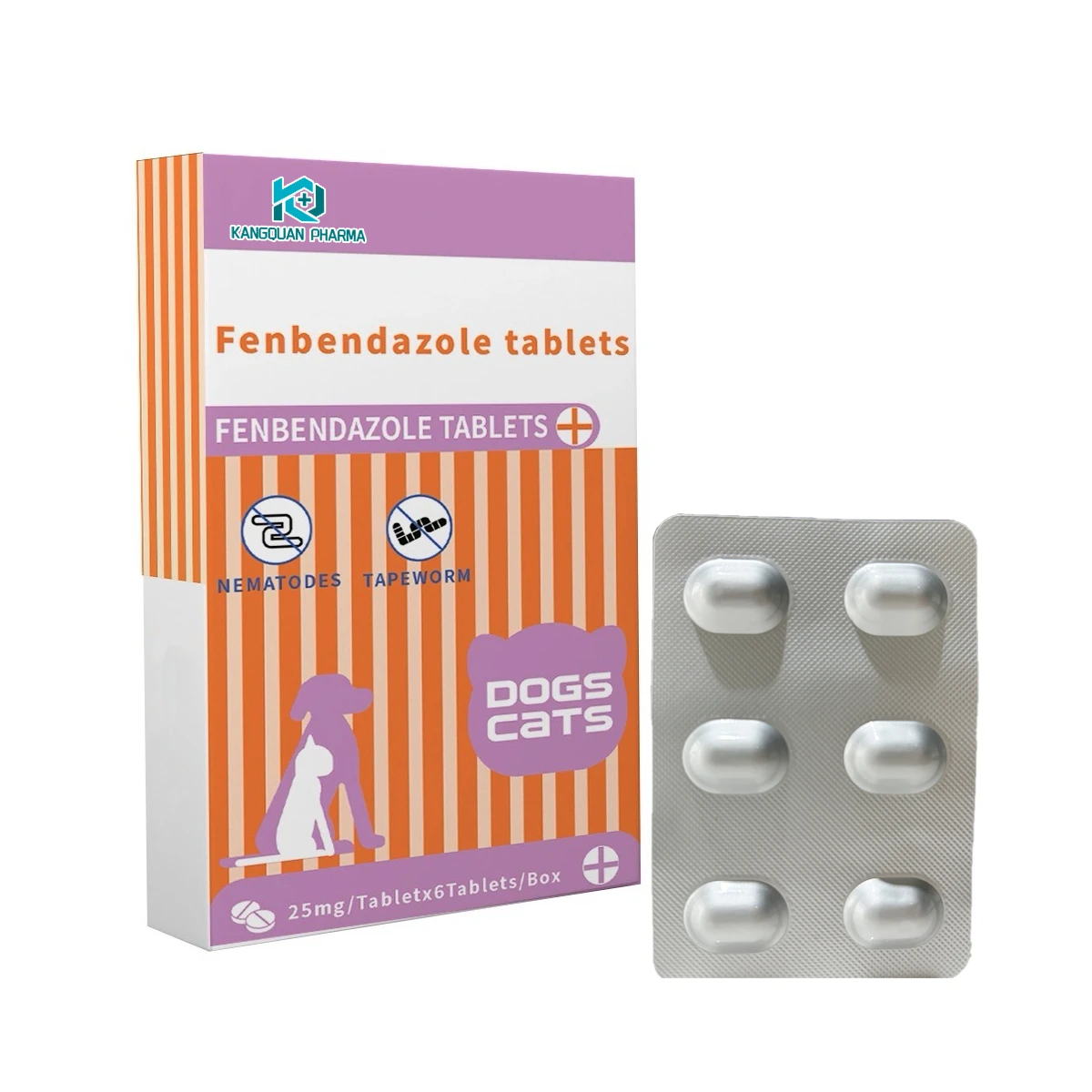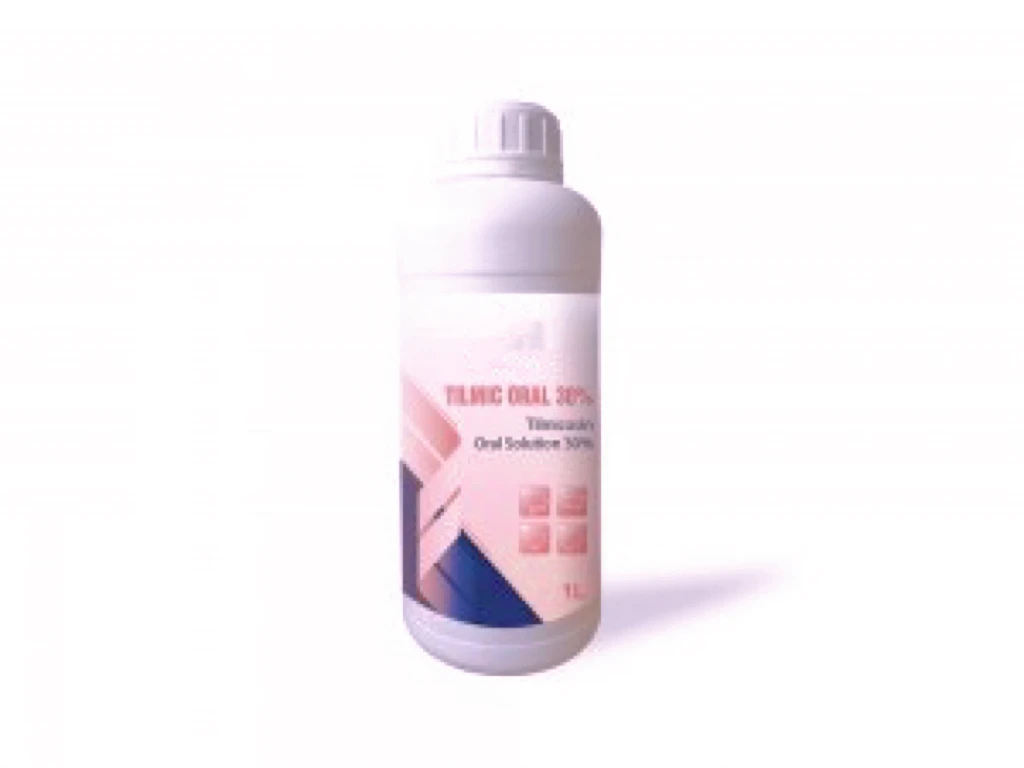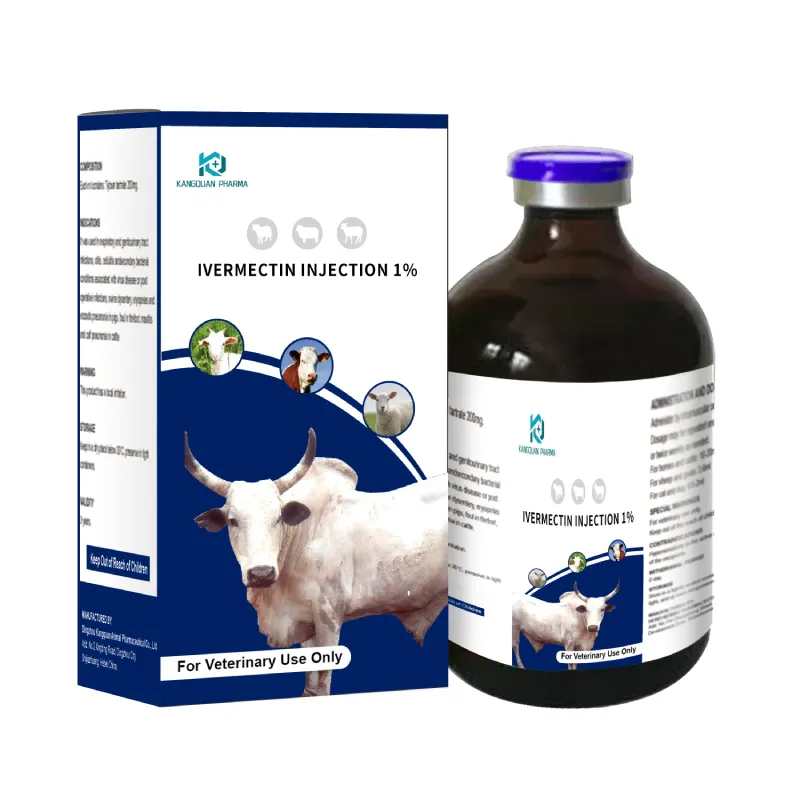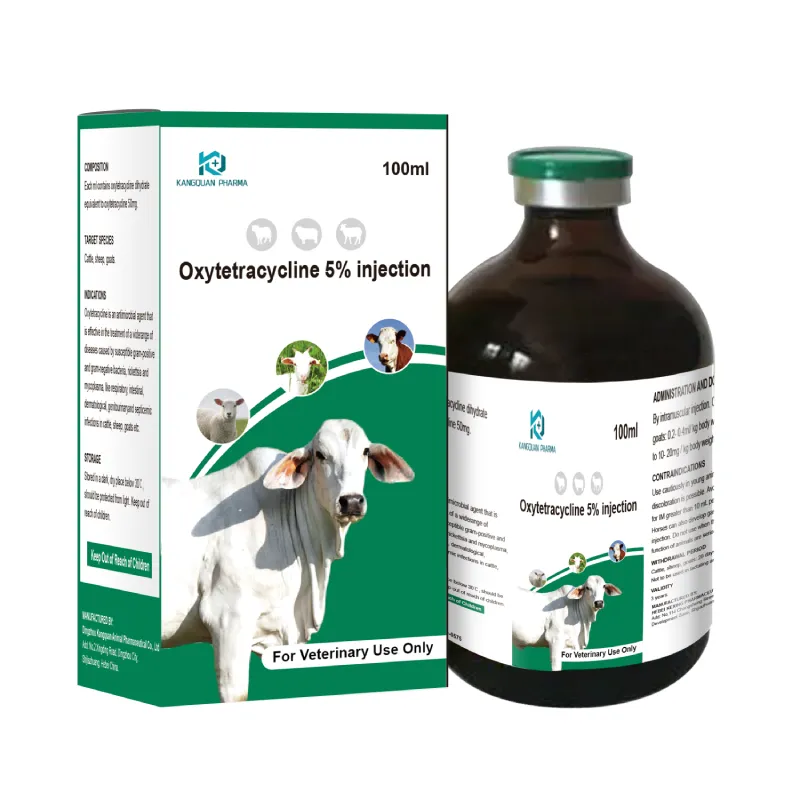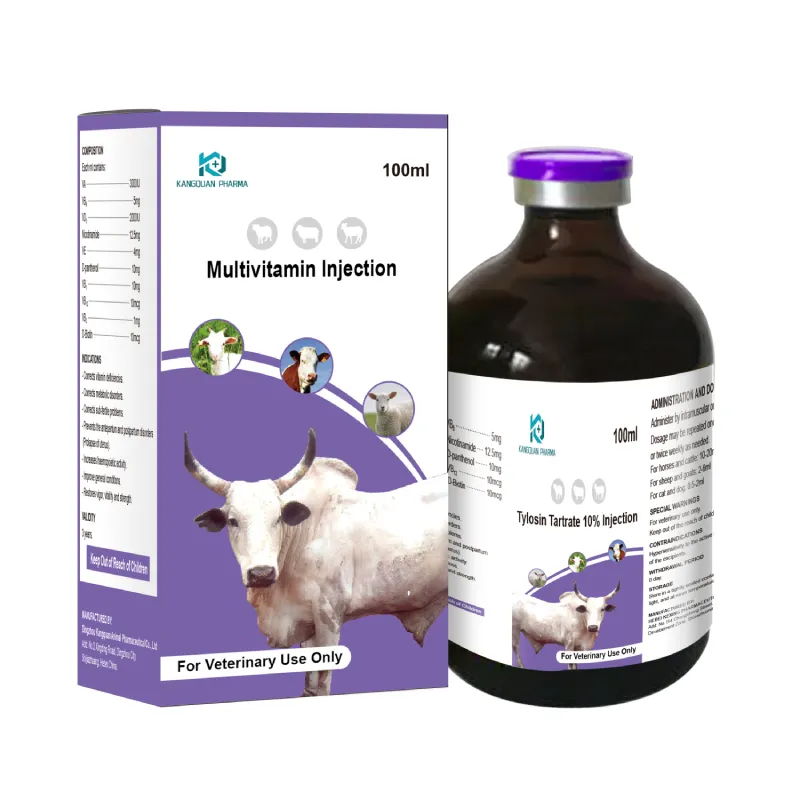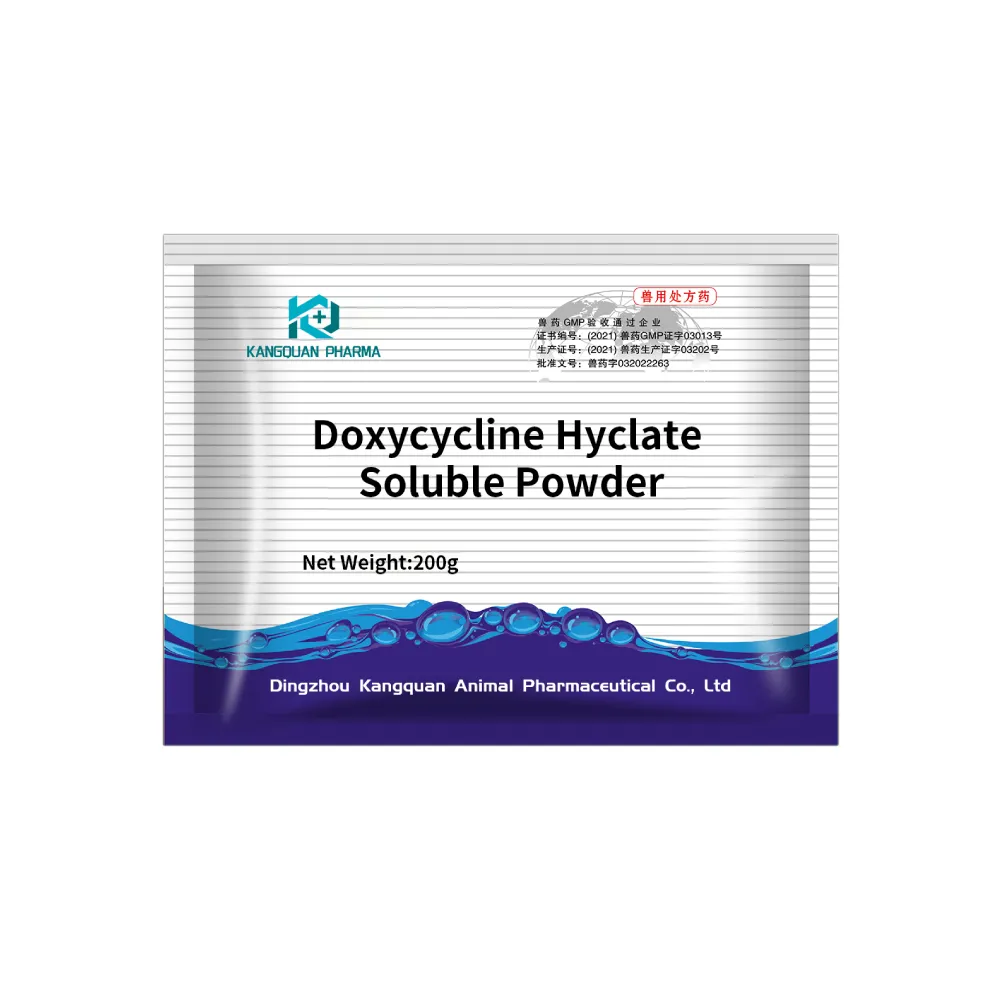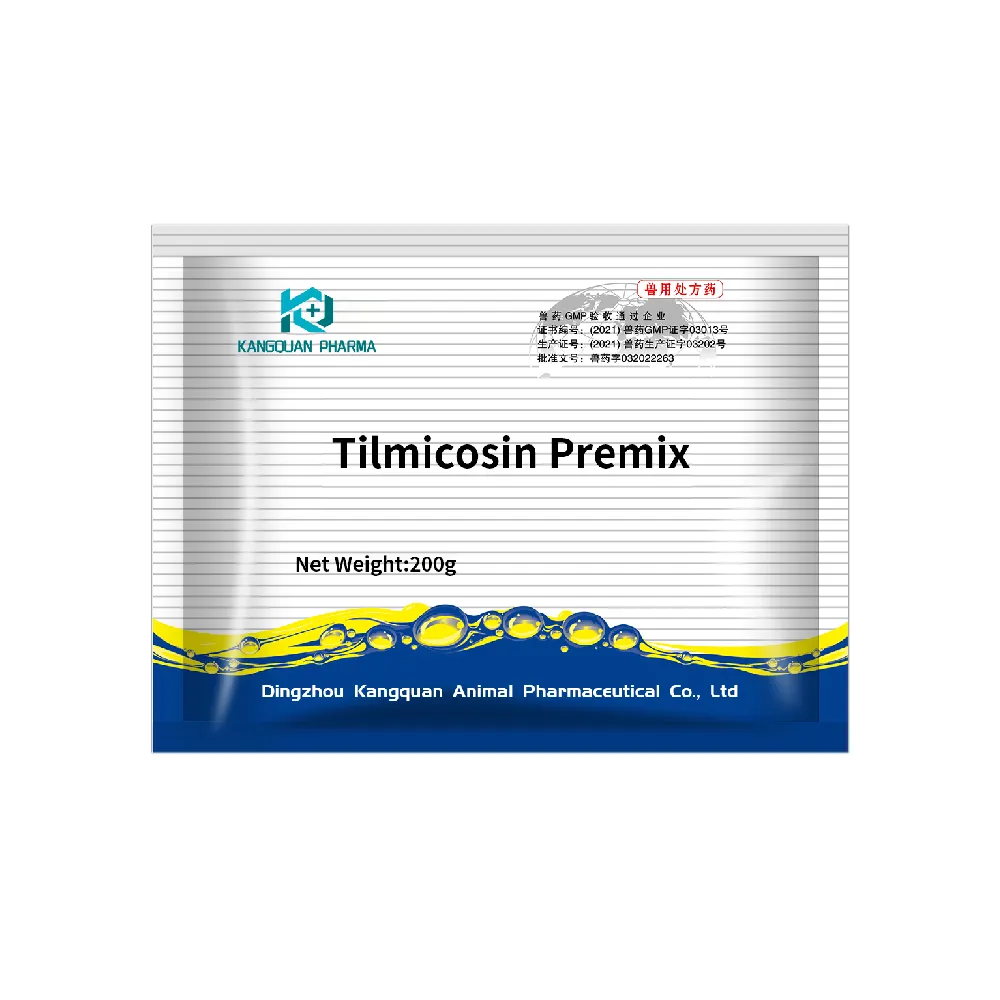- Afrikaans
- Albanian
- Amharic
- Arabic
- Armenian
- Azerbaijani
- Basque
- Belarusian
- Bengali
- Bosnian
- Bulgarian
- Catalan
- Cebuano
- Corsican
- Croatian
- Czech
- Danish
- Dutch
- English
- Esperanto
- Estonian
- Finnish
- French
- Frisian
- Galician
- Georgian
- German
- Greek
- Gujarati
- Haitian Creole
- hausa
- hawaiian
- Hebrew
- Hindi
- Miao
- Hungarian
- Icelandic
- igbo
- Indonesian
- irish
- Italian
- Japanese
- Javanese
- Kannada
- kazakh
- Khmer
- Rwandese
- Korean
- Kurdish
- Kyrgyz
- Lao
- Latin
- Latvian
- Lithuanian
- Luxembourgish
- Macedonian
- Malgashi
- Malay
- Malayalam
- Maltese
- Maori
- Marathi
- Mongolian
- Myanmar
- Nepali
- Norwegian
- Norwegian
- Occitan
- Pashto
- Persian
- Polish
- Portuguese
- Punjabi
- Romanian
- Russian
- Samoan
- Scottish Gaelic
- Serbian
- Sesotho
- Shona
- Sindhi
- Sinhala
- Slovak
- Slovenian
- Somali
- Spanish
- Sundanese
- Swahili
- Swedish
- Tagalog
- Tajik
- Tamil
- Tatar
- Telugu
- Thai
- Turkish
- Turkmen
- Ukrainian
- Urdu
- Uighur
- Uzbek
- Vietnamese
- Welsh
- Bantu
- Yiddish
- Yoruba
- Zulu
Nov . 30, 2024 17:48 Back to list
Glutaraldehyde and Deciquam Solutions for Effective Disinfection and Sterilization Applications
Understanding Glutaraldehyde and Deciquam Solutions in Disinfection and Sterilization
In the realm of microbiology and infection control, the role of chemical agents in disinfection and sterilization cannot be overstated. Among these agents, glutaraldehyde and deciquam solutions have emerged as powerful tools. This article explores the properties, uses, and safety considerations of both substances in various applications, particularly in medical and laboratory settings.
What is Glutaraldehyde?
Glutaraldehyde is a colorless, pungent, and highly reactive dialdehyde. It is most commonly available in a 2-4% aqueous solution and is widely used for its effectiveness as a high-level disinfectant and sterilizing agent. Its mechanism of action involves cross-linking proteins, which disrupts the cellular integrity of microorganisms, including bacteria, viruses, and fungi. This ability makes glutaraldehyde particularly valuable in the disinfection of heat-sensitive medical instruments.
Applications of Glutaraldehyde
In medical facilities, glutaraldehyde is employed to sterilize items that cannot withstand autoclaving, such as endoscopes and surgical instruments. The process of disinfection with glutaraldehyde usually takes about 30 minutes to several hours, depending on the concentration of the solution and the nature of the item being disinfected. Additionally, it finds applications in laboratories for disinfecting surfaces and equipment, as well as in the preservation of biological specimens.
Nevertheless, the use of glutaraldehyde is not without concerns. It poses health risks to personnel, as exposure to its vapors can lead to respiratory issues, skin irritations, and other adverse effects. Therefore, handling glutaraldehyde requires stringent safety measures, including the use of personal protective equipment (PPE) and proper ventilation in work areas.
Deciquam Solution An Overview
glutaral and deciquam solution

On the other hand, deciquam (also known as decyltrimethylammonium bromide or DTMAB) is a quaternary ammonium compound. It is recognized for its surfactant and antimicrobial properties. Deciquam solutions are generally less toxic than aldehyde-based disinfectants, making them more favorable for routine cleaning and disinfection in various environments.
Applications of Deciquam
Deciquam is frequently used in healthcare settings, personal care products, and household cleaning agents. As a disinfectant, it kills a wide range of pathogens, making it effective for surface disinfection in hospitals and clinics. Furthermore, due to its mild nature, it is often included in formulations for skin antiseptics and hand sanitizers.
The effectiveness of deciquam as a disinfectant is influenced by factors such as concentration, contact time, and the presence of organic matter. While it cannot achieve the high-level disinfection that glutaraldehyde does in certain applications, it serves as a reliable alternative for low- to intermediate-level disinfection tasks.
Safety Considerations
Both glutaraldehyde and deciquam solutions require careful handling to mitigate health risks. For glutaraldehyde, stringent safety protocols should be observed to prevent exposure. Conversely, deciquam, being less hazardous, still warrants attention to proper usage and storage. Personnel should be trained in the correct handling and application techniques to ensure maximum effectiveness and safety.
Conclusion
In summary, glutaraldehyde and deciquam solutions represent crucial components in the disinfection and sterilization landscape. While glutaraldehyde serves as a potent high-level disinfectant with specific applications in the medical field, deciquam provides a safer and more versatile option for general cleaning and disinfecting purposes. Understanding the properties and appropriate use of these agents is vital for ensuring effective infection control practices in various environments. Safe handling and application are necessary to protect both users and patients, underscoring the importance of education and adherence to safety protocols.
-
Guide to Oxytetracycline Injection
NewsMar.27,2025
-
Guide to Colistin Sulphate
NewsMar.27,2025
-
Gentamicin Sulfate: Uses, Price, And Key Information
NewsMar.27,2025
-
Enrofloxacin Injection: Uses, Price, And Supplier Information
NewsMar.27,2025
-
Dexamethasone Sodium Phosphate Injection: Uses, Price, And Key Information
NewsMar.27,2025
-
Albendazole Tablet: Uses, Dosage, Cost, And Key Information
NewsMar.27,2025
